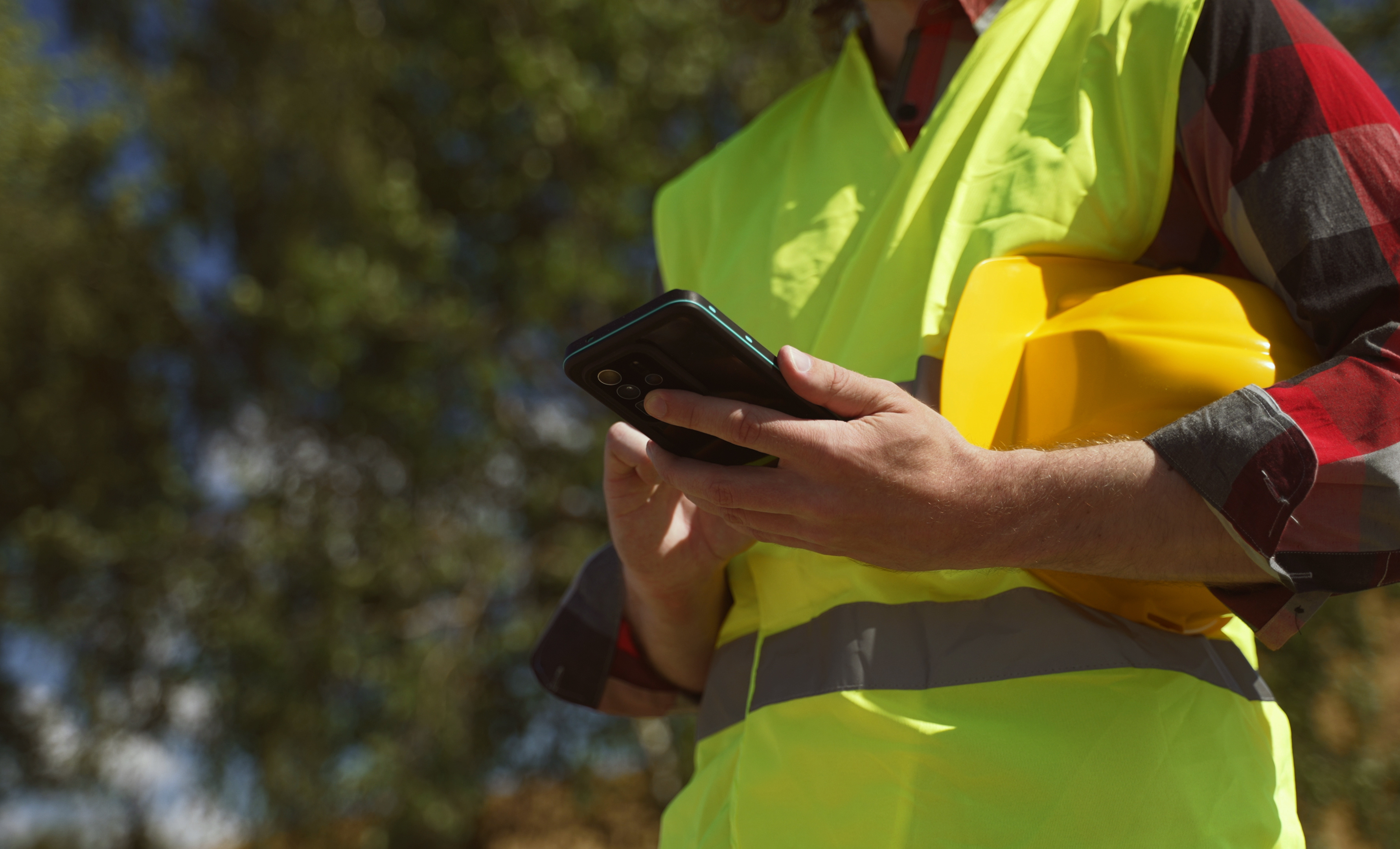In the quest to enhance workplace safety, one item stands out for its simplicity yet profound impact on reducing risks: the reflective (or high-visibility) jacket. Across diverse work environments, from construction sites to road maintenance crews, these jackets have become a non-negotiable part of the safety gear ensemble. This comprehensive guide explores the importance of reflective jackets, underscores their benefits, guides you in choosing the right one, and shares insights from workers who have seen their value first-hand.

The Critical Role of Reflective Jackets in Workplace Safety
Reflective and high-visibility jackets are more than just brightly coloured apparel. They are a vital safety tool designed to make the wearer stand out in varying levels of light and weather conditions. Statistics from the Health and Safety Executive in the UK underscore the significance of visibility in preventing workplace accidents, with numerous studies showing a marked reduction in incidents when high-visibility gear is worn properly.
Unveiling the Benefits: More Than Meets the Eye
Increased Visibility, Decreased Risk
At their core, reflective jackets serve one primary purpose: making workers easily visible to others, particularly in low-light conditions or in environments where attention is divided, such as near-moving vehicles. This increased visibility is crucial in preventing accidents, especially in busy or complex work zones.
A Layer of Protection
Beyond making workers visible, these jackets also symbolise a commitment to safety, reminding everyone in the vicinity to remain cautious and aware of their surroundings, thus fostering a safer work environment.
Selecting the Right Reflective Jacket: What to Look For
Choosing a reflective jacket isn't as straightforward as picking the brightest option available. Consider the following factors to ensure you select the best jacket for your needs:
Material Matters
Look for durable materials that can withstand the rigours of your work environment without compromising the jacket's visibility. Water-resistant fabrics are essential for outdoor work, particularly in unpredictable weather.
The Perfect Fit
A jacket should be comfortable and allow for freedom of movement, all while being capable of accommodating additional layers underneath in colder conditions. Adjustable features, such as cuffs and hems, can help achieve a perfect fit.
Durability and Standards
Opt for jackets that meet safety standards relevant to your industry. These standards ensure the garment has passed tests for visibility, colourfastness, and durability, offering genuine protection.
Hearing from the Frontline: Worker Testimonials
Incorporating testimonials, several workers have shared how wearing reflective jackets has prevented potential accidents, with some noting that these garments have made them feel safer and more confident in performing their duties, especially at night or in high-traffic areas.
Care and Maintenance: Keeping Your Jacket at its Best
To ensure your reflective jacket maintains its effectiveness, regular care is essential. This includes following washing instructions carefully, avoiding harsh chemicals that might degrade reflective materials, and storing the jacket in a way that prevents damage to its reflective surfaces.
Maximising Safety With High-Visibility Workwear
High-visibility jackets, enhanced with reflective tape, are indispensable in ensuring safety in the workplace, particularly in high-risk environments. The integration of silver reflective tape on a high-visibility jacket is pivotal in providing protection by significantly increasing a worker's visibility. This reflective material, especially when combined with fluorescent fabric, ensures maximum visibility in both daylight and low-light conditions. High visibility workwear, including high visibility work trousers with a black lining, is designed to help workers stay safe while performing their duties. By making the wearer stand out from the background, these clothing items are essential for anyone working near moving vehicles or in dimly lit areas.
The Importance of High-Visibility Clothing
Reflective jackets play a pivotal role in ensuring the safety of workers, especially those operating in low-light conditions or complex environments. The primary function of high-visibility clothing is to make the wearer stand out from the background, significantly reducing the risk of accidents. Industries such as construction, road maintenance, and emergency services require personnel to wear reflective gear as a fundamental safety measure. Beyond mere compliance with health and safety regulations, the adoption of high-visibility clothing demonstrates a commitment to safeguarding employees, and fostering a culture of safety and responsibility within the workplace.
Selecting the Right Reflective Jacket for Your Needs
Choosing the appropriate reflective jacket involves consideration of several key factors, including the specific conditions in which it will be used, the level of visibility required, and the comfort and mobility of the wearer. Jackets are available in various configurations, offering different levels of reflectivity and protection against the elements. Features such as waterproof materials, breathable fabrics, and additional insulation are important for workers facing diverse outdoor conditions. Proper selection ensures not only visibility but also comfort and durability, empowering workers to perform their tasks effectively while prioritizing safety.
Conclusion: Prioritising Safety with Reflective Gear
In the myriad responsibilities that come with maintaining a safe workplace, the adoption of reflective jackets stands out for its straightforward yet significant impact on safety. By selecting the appropriate jacket, caring for it properly, and understanding its importance, workers and employers can significantly reduce workplace risks. Reflective and high-visibility jackets encapsulate the ethos that prevention is better than cure, serving as a beacon of safety in bustling work environments. Their use is a testament to the shared responsibility we all have in ensuring every worker returns home safely at the end of the day.
